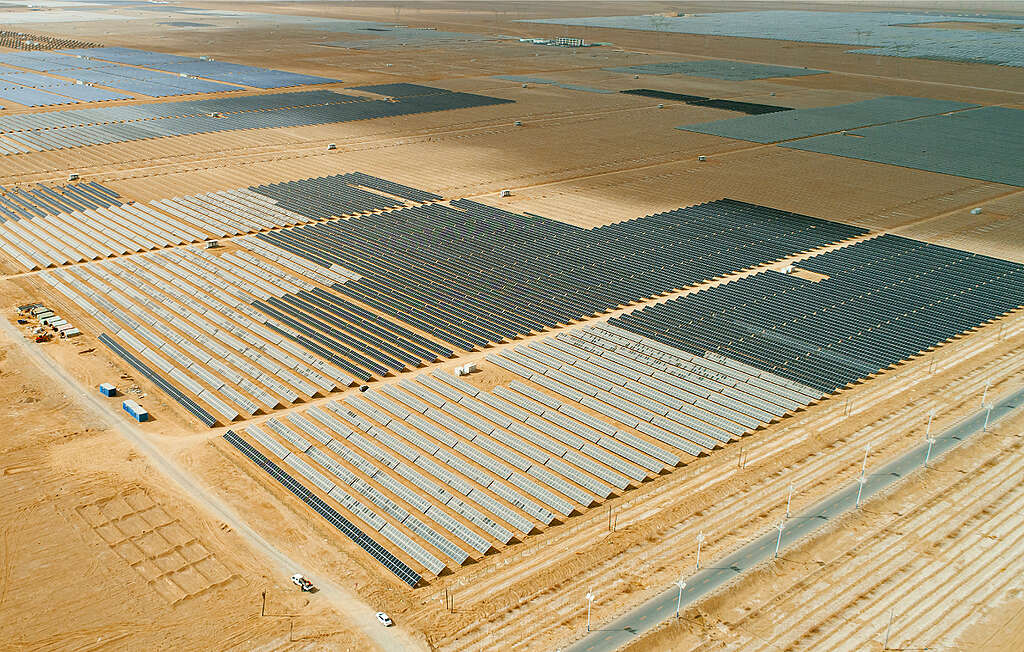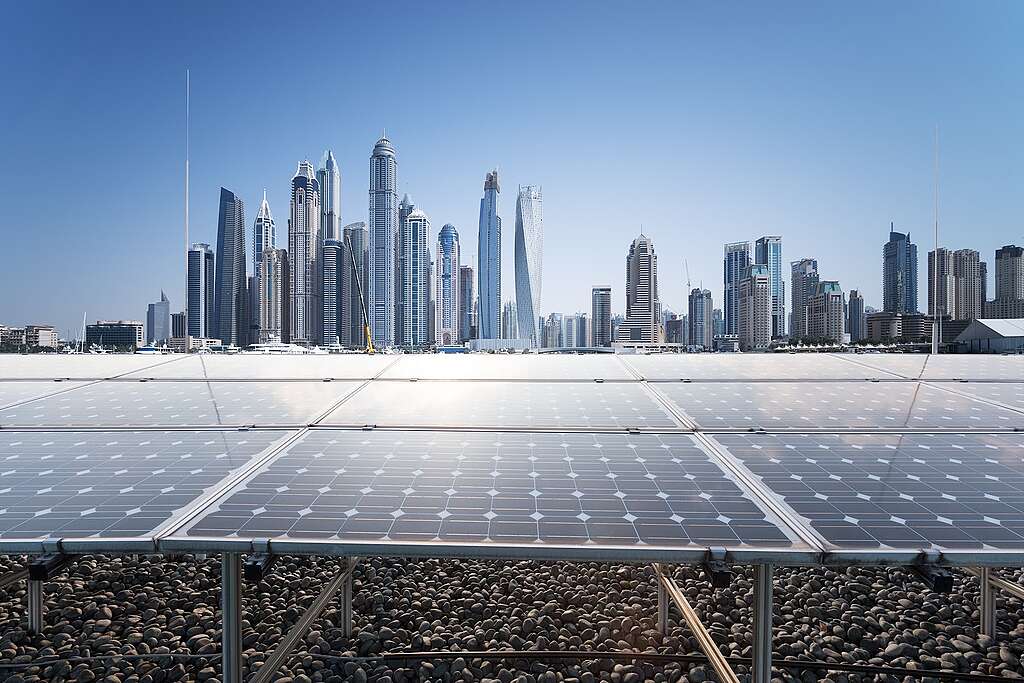
With forecasts indicating a decline in the consumption of the three primary fossil fuels by the decade’s end, a holistic innovative approach to the economy that doesn’t rely on oil and gas revenues is vital for the Middle East and North Africa. What decisive actions are needed to bolster the renewable energy transition in our region?
Undoubtedly, the Middle East and North Africa boasts a wealth of energy resources and the availability of affordable gas and oil is hindering a rapid energy transition in the region. Yet, as we witness the frequency and severity of climate disasters skyrocket, it becomes clear that the world is changing at an alarming pace.
The Intergovernmental Panel on Climate Change (IPCC) in its latest report paints a daunting picture: the decisions we make and actions we implement in this decade will resonate not just in the immediate future, but for thousands of years to come. Despite our best efforts, current policies still put us on a trajectory towards a 3°C rise in global temperatures. Renewables form the very cornerstone of our strategy to halve global emissions by 2030.
Reinforcing this stance, the International Energy Agency (IEA) asserts with unwavering clarity: investments in clean energy must triple by 2030. It also projects that the consumption of the three major fossil fuels will start to decline this decade because of the rapid growth of renewable energy and the spread of electric vehicles. Therefore, the region’s commitment to speed up the transition to renewable energy and a sustainable and green future is inevitable, to mitigate the climate crisis as well as pave the way for a more resilient economy in the long run.
To bolster the MENA region’s renewable energy transition, a multifaceted approach is required. Here are some decisive actions that must be taken:
1. Rerouting Fossil Fuel Subsidies to Renewable Energy
According to the International Monetary Fund (IMF), subsidies for fossil fuel companies in the MENA region have shockingly doubled between 2020 and 2022. The substantial amount of money MENA governments spend on subsidizing fossil fuels could be rerouted to fund research, infrastructure, and the development of renewable energy projects. MENA had a 26% share from the $ 1.3 trillion total global explicit fossil fuel subsidies, or close to $ 340 Bn in the MENA region. As an example, explicit subsidies in 2022 reached $ 129 Bn in Saudi Arabia and implicit subsidies reached $ 124 Bn.
2. Recognizing the True Potential of Renewables
The MENA region is bathed in 22-26% of the planet’s solar rays. Each square kilometer of this area can harness solar energy equivalent to what 1-2 million barrels of oil produce yearly, potentially satisfying half of the world’s electricity needs. Additionally, three-quarters of the MENA territory boasts wind speeds surpassing the baseline required for large-scale wind energy projects. Solar and wind energy potential in this region can not only fulfill local demands but also set the stage for becoming renewable energy exporters. This year the UAE announced its plan to triple its renewable energy output and invest up to $54 billion over the next seven years to meet its growing energy demands.
So we need more of that from MENA countries. Investing in research and development in these areas can transform MENA into a global hub for renewable innovation.
3. Policy Interventions.. Governments need to take the lead by:
- Offering tax incentives and subsidies for renewable energy projects.
- Developing infrastructure for renewable energy distribution.
- Introducing stringent regulations on carbon emissions, pushing industries towards cleaner energy solutions.
- Formulating educational campaigns to enlighten the public about the environmental and economic benefits of renewable energy.
4. Alternative Economic Future
A holistic innovative approach to the economy that doesn’t rely on oil and gas revenues is vital for MENA. By diversifying their economies, countries can mitigate risks related to fluctuating oil prices and projected decrease in global oil demand. Governments within the region must urgently re-evaluate their policies and priorities that currently support the economically inefficient, socially inequitable, and ecologically harmful fossil fuel subsidies. Such a shift prioritizes the wellbeing of citizens, promises better air quality, improved public health, and the creation of numerous green employment opportunities.
5. International & Regional Collaboration
Pooling resources, knowledge, and technology through international partnerships can expedite the transition process. Collaboration with countries that have successfully transitioned can provide invaluable insights.
6. Investment in Human Capital
For a successful transition, it’s imperative to invest in education and training, creating a skilled workforce capable of leading and sustaining the renewable energy sector. Universities and vocational institutions should introduce specialized courses, backed by industry partnerships, to offer hands-on experience.
7. Ensuring Energy Equity
It’s essential to recognize that the energy transition isn’t just about reducing carbon footprints but also ensuring energy equity. Efforts should be made to ensure that renewable energy is affordable and accessible to all, especially in the developing nations within the region.
In conclusion, while the road ahead may seem daunting, especially given the region’s historical reliance on oil and gas, the journey is worthwhile. It promises not just a greener future, but an economically resilient and sustainable one. The MENA region has always been at the crossroads of history, and as we stand at the brink of a global energy revolution, it’s time we lead once again.
 Click Here to Submit
Click Here to Submit

Discussion
Good